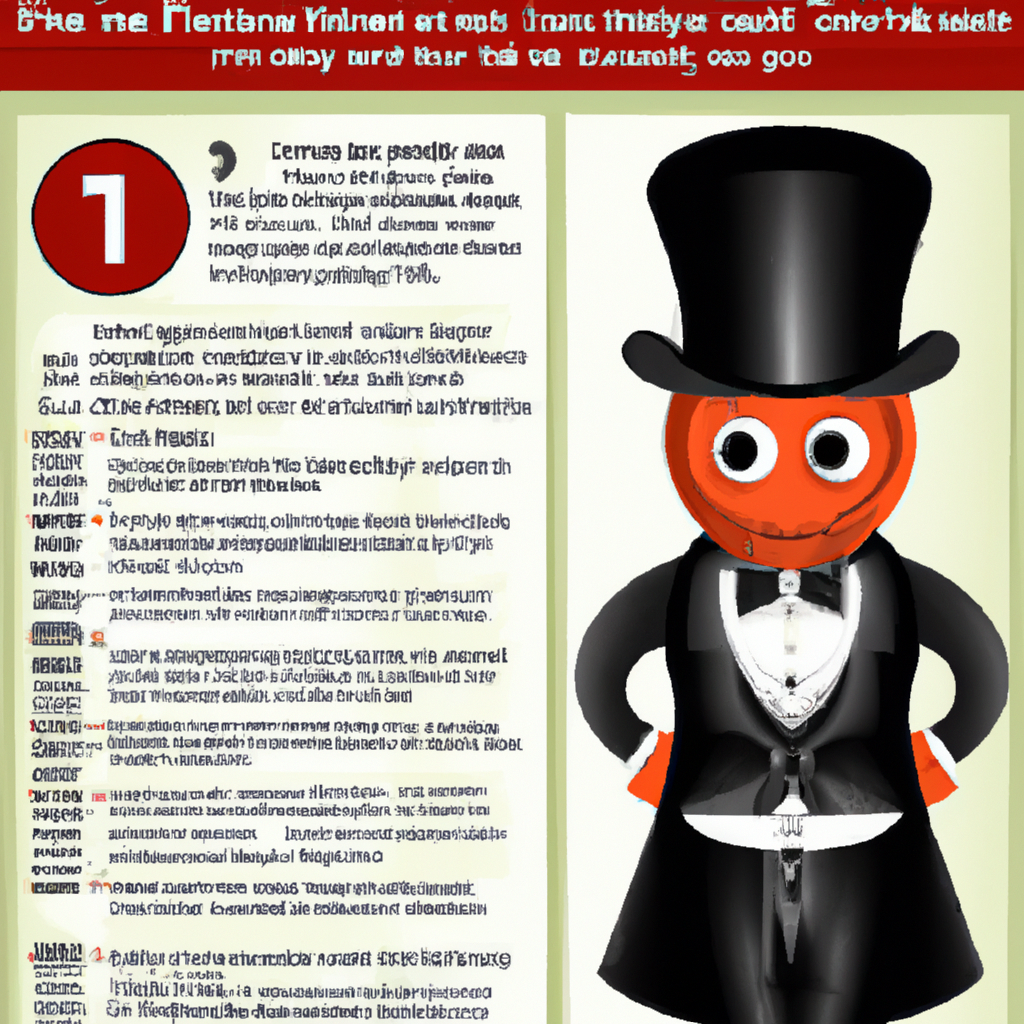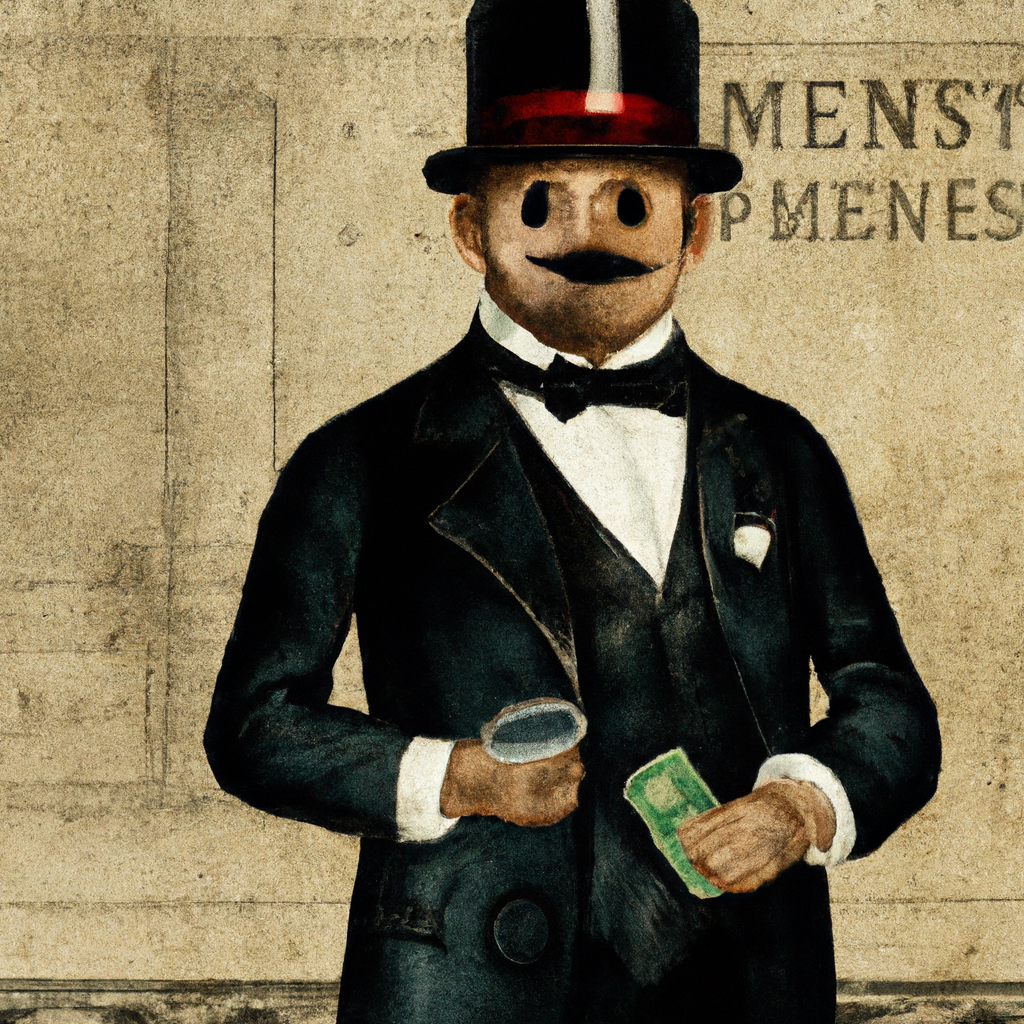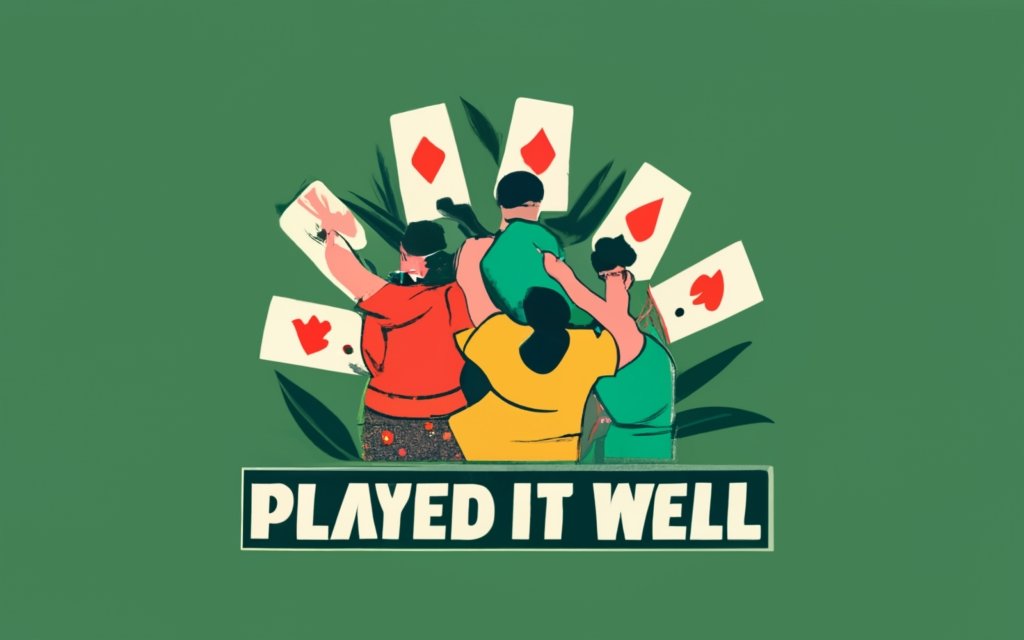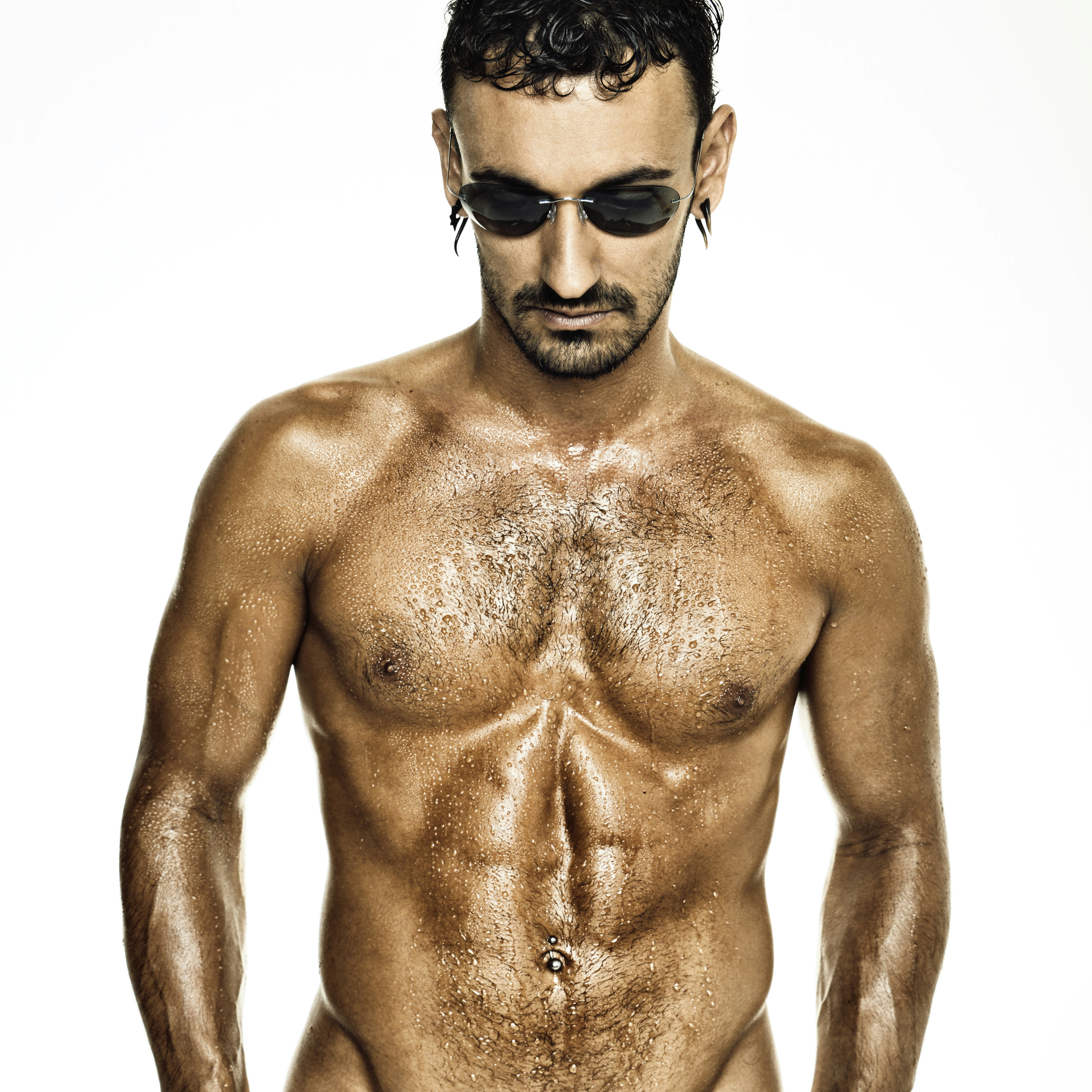Finding the connection between Monopoly Man and his Monocle is an intriguing journey indeed. Uncover the mystery of his missing piece, challenge the popular beliefs and unravel why the iconic figure is often misremembered sporting a monocle. In “Monopoly Man Monocle”, you’ll unlock the story behind this trivia, learn about the conception of the well-loved character, and explore the fascinating theories stemming from this classic pop-culture misconception. Your understanding of this board game icon just might never be the same again.
Origins of the Monopoly Man Monocle Misconception
Many people believe that Rich Uncle Pennybags, the Monopoly Man, sports a monocle. Despite the persistence of this popular belief, it is, in fact, a misconception.
Collective False Memory Phenomenon
The belief that the Monopoly Man wears a monocle could be an example of a collective false memory, a phenomenon where large groups of people recall something that did not happen. This peculiar phenomenon isn’t exclusive to the Monopoly Man, with numerous other examples found in popular culture.
Famous Media Misrepresentations
The depiction of the Monopoly Man with a monocle in media and popular culture has also fed this widespread misconception. Film, cartoons, and even video games have erroneously portrayed him adorning this distinct eyepiece, reinforcing the idea in the public mind.
Profile of Monopoly Man
The Monopoly Man is an iconic character who has become synonymous with the popular board game. He is instantly recognizable, monocle or not.
Character’s Real Name – Rich Uncle Pennybags
While most refer to him as the “Monopoly Man”, his real name is Rich Uncle Pennybags. He first appeared in the game in 1936 as part of its Community Chest and Chance cards, and he was later adopted as the game’s official mascot.
Creation and Evolution of the Character Design
The character was designed by an artist named Dan Fox, who aimed to personify the capitalist ethos embodied by the game. Over the years, the design of Rich Uncle Pennybags has evolved subtly but his signature elements like the top hat, cane, and sharp suit have been mainstays.

This image is property of images.unsplash.com.
Significance of a Monocle in Symbolism
The monocle, despite not being part of the original character design, carries significance in the way it represents status and wealth.
Monocle as a Status Symbol
The monocle, worn over one eye, was long considered a status symbol among the elite. It was usually associated with the wealthy, adding an air of sophistication and indicating high social standing.
Monocle and Stereotypical Representation of Wealth
Like top hats and canes, monocles are often used in caricatures to stereotype wealthy and influential individuals. Perhaps this is why it’s so easy to imagine Rich Uncle Pennybags wearing one.
Monopoly Game History
Monopoly has become a classic staple in the world of board games since its rise to fame in the last century.
Inception and Original Concept
First invented in 1903 by Lizzie Magie, the game was designed to demonstrate the ill effects of land monopolies. Her game was later bought by Parker Brothers, who re-branded it as the Monopoly game we know today.
Popularity and Evolution Over the Years
Since its creation, Monopoly has been a global success, available in over 100 countries and translated into more than 40 languages. The game’s concept, characters, and design have evolved and adapted to changing times, keeping it relevant for generations.

This image is property of images.unsplash.com.
Monopoly Man in Pop Culture
The Monopoly Man, Rich Uncle Pennybags, is a well recognized figure, going beyond the board game, and permeating various aspects of pop culture.
Parodies and Meta-References
From cameo appearances in movies and series to being parodied in a myriad of media, Rich Uncle Pennybags, complete with a faux monocle, has been a popular cultural reference point.
Iconic Public Appearances
Rich Uncle Pennybags has even made a memorable appearance in the real world, showing up during a US Senate hearing in 2017, satirically drawing attention to corporate greed.
Monopoly Man Merchandise
From t-shirts to costumes, the Monopoly Man, often mistakenly depicted with a monocle, can be seen emblazoned on a wide array of merchandise.
Similarities with other Pop Culture Icons
Many attributes of other well-known pop culture icons have perhaps fueled the misconceptions about Monopoly Man.
Comparisons with Mr. Peanut
Mr. Peanut, another monocle-wearing character, is often compared to Rich Uncle Pennybags. Both characters are seen as symbols of wealth, and it’s possible that we’ve crossed them in our minds, leading to the misconception.
Relation to the Pringles Logo
Like Mr. Peanut, the Pringles Man logo could also have contributed to the misconception. Despite him not wearing a monocle either, the similar top hat and distinguished mustache might have blurred the lines for many.
This image is property of images.unsplash.com.
Historical Usage of Monocles
Monocles have been used in reality just as in caricature, historically associated with a certain class and style.
Origin and Purpose
The monocle was designed for correcting vision in one eye. However, over time, it developed into a fashion accessory for the aristocracy during the 19th century.
Fading out of Fashion
Monocles started to fade out of fashion in the early 20th century, becoming more of a novelty item used predominantly as a prop in cartoons and movies.
Iconic Historical Figures Who Wore Monocles
From Bismarck to Joseph Chamberlain, many famous figures in history have donned the monocle, adding to its status as a symbol of power and prestige.
The Mandela Effect
The misconception of the Monopoly Man wearing a monocle can also be seen as a manifestation of the Mandela Effect.
Explanation of the Phenomenon
The Mandela Effect is a phenomenon where a large group of people recall something that did not happen or recall it differently from the way it happened. Named after the mistaken belief that Nelson Mandela had died in the 1980s, this collective memory anomaly has been thoroughly discussed in social sciences.
Other Famous Examples
Besides the Monopoly Man, there are other famous examples of the Mandela Effect, such as misquotations of movie lines, improper spellings of popular brand names, and confused dates of historical events.

Eye-wear in Caricature and Cartoons
Eye-wear is often used as a storytelling tool in cartoons and caricatures to depict a character’s personality, job role, or perceived social status.
Usage of Glasses and Eye-wear for Characterization
From the smart and intellectual to the wealthy and classy, the use of glasses and other eye-wear in characterization helps to immediately set the context for a character’s persona in the minds of the audience.
Famous Cartoon Characters with Distinctive Eye-wear
We can find many instances of iconic cartoon characters with distinctive eye-wear, from the Teenage Mutant Ninja Turtles’ leader, Leonardo’s, blue mask to Carl from Up’s square spectacles.
Public Perception and Misconceptions
Despite Rich Uncle Pennybags never having worn a monocle, the public perception stubbornly clings to the contrary, illustrating a fascinating occurrence of mass misconception.
Why People Think Monopoly Man Wears a Monocle
The association of monocles with wealth and elite status, coupled with the influence of media misrepresentations, and the similar appearance of other pop culture figures, could be why people firmly believe the Monopoly Man does wear a monocle.
Dispelling the Myth
The best way to dispel this myth is by checking the original board game illustrations or authentic merchandise where Rich Uncle Pennybags is clearly depicted without a monocle.
Psychology behind False Memories
What this misconception shows us is how collective false memories can affect our perception of reality. It illustrates how false memories can be created and proliferated through reinforcement from multiple sources – media, peers, or repeated exposure to incorrect portrayals.
In conclusion, while the legend of the Monopoly Man’s monocle endures, it serves as an interesting study on public perception, memory, and the powerful influence of media and cultural stereotypes.



